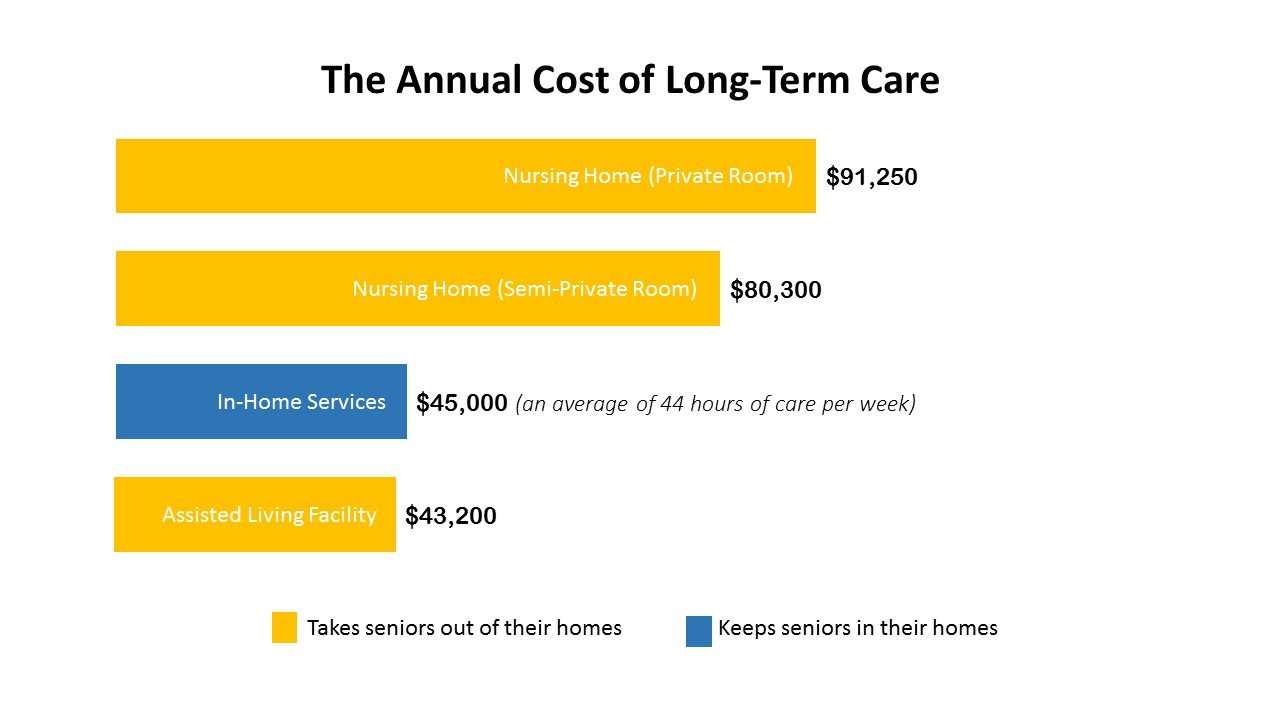Their healthcare benefits include medical facility care, medical care, prescription drugs, and standard Chinese medicine. But not whatever is covered, consisting of pricey treatments for rare illness. Clients have to make copays when they see a physician, visit the ED, or fill a prescription, however the expense is typically less than about $12, and differs based upon client earnings.
Still, it may spread out doctors too thin, Vox reports: In Taiwan, the average variety of physician check outs annually is presently 12.1, which is almost twice the number of sees in other developed economies. In addition, there are just about 1.7 doctors for every 1,000 patientsbelow the average of 3.3 in other developed nations.
As a result, Taiwanese doctors usually work about 10 more hours weekly than U.S. physicians. Doctor payment can likewise be an issue, Scott reports. One physician said the requiring nature of his pediatric practice led him to practice cosmetic medicinewhich is more financially rewarding and paid independently by patientson the side, Vox reports.
For circumstances, clients note they experience hold-ups in accessing new medical treatments under the country's health system. In some cases, Taiwanese patients wait five years longer than U.S. patients to access the newest treatments. Taiwan's score on the HAQ Index reveals the marked improvement in health outcomes among Taiwanese citizens considering that the single-payer design's application.

However while Taiwanese citizens are living longer, the system's effect on doctors and growing expenses provides obstacles and raises questions about the system's monetary substantiality, Scott reports. The U.K. health system offers health care through single-payer model that is both funded and run by the federal government. The result, as Vox's Ezra Klein reports, is a system in which "rationing isn't a dirty word." The U.K.'s system is funded through taxes and administered through the (NHS), which was developed in 1948.
produced the (GREAT) to identify the cost-effectiveness of treatments NHS thinks about covering. NICE makes its coverage decisions utilizing a metric called the QALY, which is brief for quality-adjusted life years. Typically, treatments with a QALY listed below $26,000 per year will get NICE's approval for coverage - what is primary health care. The decision is less certain for treatments where a QALY is between $26,000 and $40,000, and drugs with a QALY above $40,000 are unlikely to get approval, according to Klein.
NICE has actually faced specific criticism over its approval process for brand-new pricey cancer drugs, resulting in the facility of a public fund to assist cover the expense of these drugs. U.K. residents covered by NHS do not pay premiums and rather contribute to the health system by means of taxes. Clients can acquire supplemental private insurance coverage, however they seldom do so: Only about 10% of residents purchase personal protection, Klein reports.
Facts About A Health Care Professional Is Caring For A Patient Who Is About To Begin Revealed
citizens are less likely to skip essential care since of costswith 33% of U.S. locals reporting they have actually done so, while only 7% of U.K. citizens said they did the very same. But that's not state U.K. locals do not deal with challenges getting a physician's appointment. U.K. homeowners are 3 times as likely as Americans to state that had to wait over 3 months for a professional appointment.
relating to NICE's handling of certain cancer drugs. According to Klein, "reaction to NICE's rejections [of the cancer drugs] and slow-moving procedure" resulted in the production of a separate public fund to cover cancer drugs that NICE hasn't authorized or examined. The U.K. scores 90.5 on HAQ index, higher than the United States however lower than Australia.
system is "underfunded," research study has revealed that citizens largely support the system." [NICE] has made the UK system distinctively centralized, transparent, and fair," Klein composes. "But it is developed on a faith in government, and a political and social uniformity, that is tough to think of in the US."( Scott, Vox, 1/15; Scott, Vox, 1/17; Scott, Vox, 1/13; Scott, Vox, 1/29; Klein, Vox, 1/28; The Lancet, accessed 2/13).
Naresh Tinani loves his job as a perfusionist at a health center in Saskatchewan's capital. To him, monitoring patient blood levels, heart beat and body temperature throughout heart surgical treatments and intensive care is a "benefit" "the supreme interaction in between human physiology and the mechanics of engineering." However Tinani has likewise been on the other side of the system, like when his now-15-year-old twin children were born 10 weeks early and battled infection on life assistance, or as his 78-year-old mom waits months for new knees amidst the coronavirus pandemic.
He's happy since during times of true emergency, he said the system took https://codyuulr325.wordpress.com/2020/11/09/the-single-strategy-to-use-for-what-are-the-different-health-care-services/ care of his household without including cost and cost to his list of worries. And on that point, few Americans can state the very same. Before the coronavirus pandemic struck the U.S. full speed, fewer than half of Americans 42 percent considered their healthcare system to be above average, according to a PBS NewsHour/Marist survey carried out in late July.
Compared to individuals in the majority of established nations, including Canada, Americans have for years paid much more for health care while staying sicker and passing away faster. In the United States, unlike the majority of countries in the industrialized world, medical insurance is often tied to whether or not you have a job. More than 160 million Americans depend on their companies for medical insurance before COVID-19, while another 30 million Americans lacked health insurance coverage prior to the pandemic.
Numbers are still cleaning, however one forecast from the Urban Institute and the Robert Wood Johnson Foundation recommended as numerous as 25 million more Americans ended up being uninsured in recent months. That study recommended that countless Americans will fall through the cracks and might fail to enlist for Medicaid, the country's safety net healthcare program, which covered 75 million individuals prior to the pandemic.
The Definitive Guide for What Is The Affordable Health Care Act
Test how much you understand with this test. When people dispute how to fix the broken U.S. system (a specifically typical discussion during presidential election years), Canada Great post to read inevitably comes up both as an example the U.S. should admire and as one it needs to prevent. Throughout the 2020 Democratic primary season, Sen.
healthcare system, pitching his own version called "Medicare for All." Sanders leaving of the race in April sustained speculation that Biden might embrace a more progressive platform, including on health care, to charm Sanders' diehard advocates. Every healthcare system has its strengths and weak points, including Canada's. Here's how that nation's system works, why it's admired (and sometimes disparaged) by some in the Drug Rehab Facility U.S., and why outcomes in the 2 nations have been so different throughout the COVID-19 pandemic.
In 1944, citizens in the rural province of Saskatchewan, hard-hit during the Great Depression, elected a democratic socialist government after politicians had actually campaigned for a standard right to healthcare. At the time, people felt "that the system simply wasn't working" and they were prepared to attempt something different, stated Greg Marchildon, a health care historian who teaches health policy and systems at the University of Toronto.

The modification was fulfilled with pushback. On July 1, 1962, doctors staged a 23-day strike in the provincial capital of Regina to protest universal health protection. However eventually, the program "had become popular enough that it would end up being too politically harming to take it away," Marchildon said. Other provinces took notice.